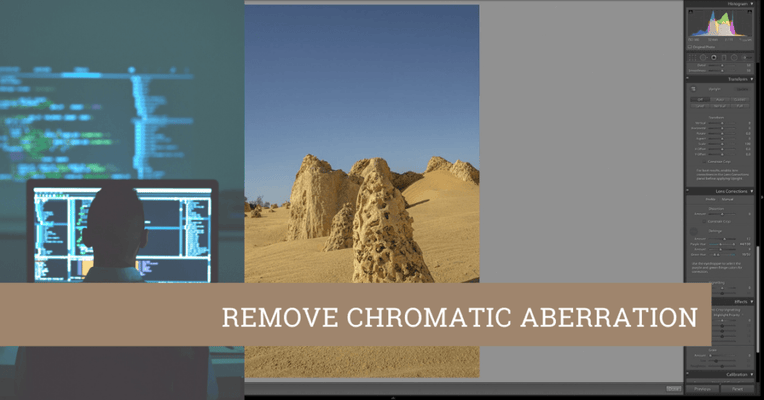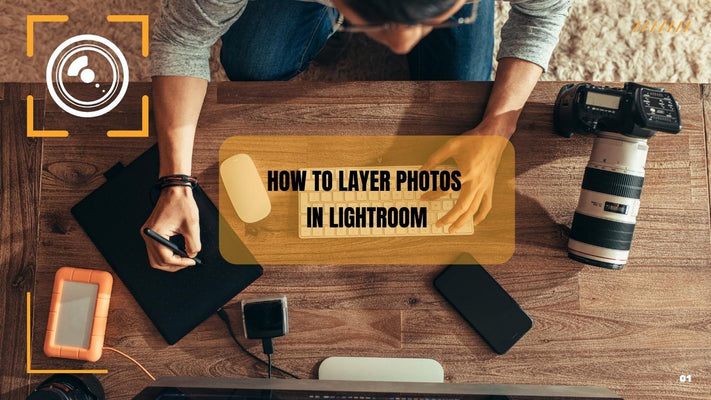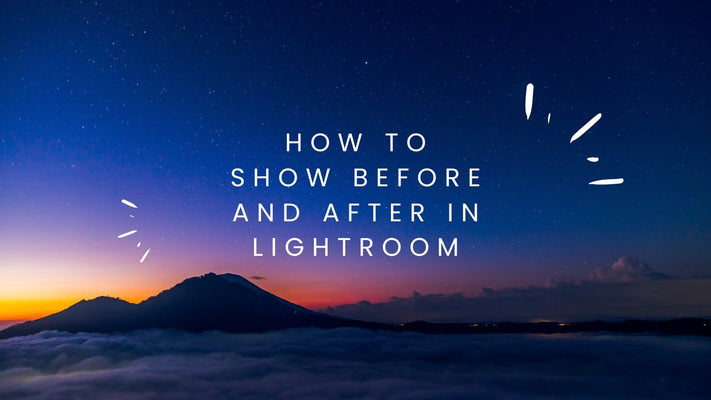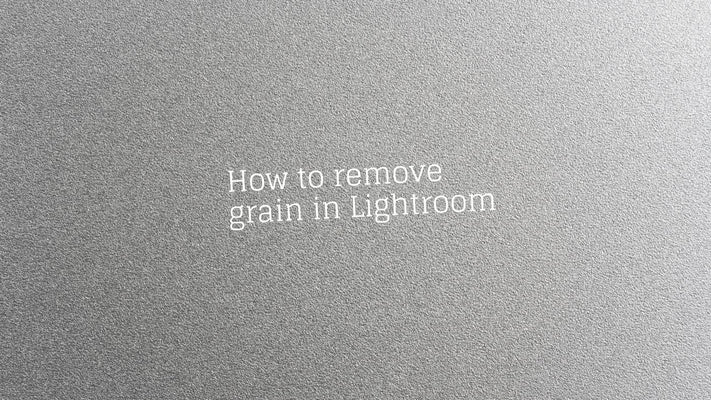How to stack photos in Lightroom
Perfecting Your Portfolio: How to Stack Photos in Lightroom
Lightroom is a comprehensive tool that provides a wide array of features to manage, edit, and present your photos, including a handy feature called "Stacking". Stacks can help you organize similar images together in a neat and efficient manner, making your photo catalog cleaner and more manageable. This article offers a step-by-step guide on how to use this valuable tool.
What is Stacking?
In Lightroom, stacking is a method of grouping similar photos together to create a more organized workspace. Each stack appears as a single thumbnail in your grid view, and the number of photos within the stack is indicated in the top left corner of the thumbnail. This feature is particularly useful when dealing with numerous similar photos, such as shots from the same event, series of photos with minor changes, bracketed exposures, or different versions of the same image.
Creating Stacks: A Step-by-Step Guide
Creating a stack in Lightroom is a straightforward process. Follow the steps below to create your first photo stack:
Step 1: Import and Select Your Photos
To begin, ensure the photos you wish to stack are imported into Lightroom. Next, navigate to the Library module. In the grid view (shortcut 'G'), select the series of photos that you wish to stack together. You can select multiple photos by holding down the 'Ctrl' key (or 'Cmd' on a Mac) while clicking each photo.
Step 2: Create a Stack
With your photos selected, go to the menu bar and select 'Photo' > 'Stacking' > 'Group Into Stack', or simply use the shortcut 'Ctrl + G' (or 'Cmd + G' on a Mac). This action will group the selected photos into a single stack.

Step 3: Managing Stacks
Once you've created a stack, you can expand or collapse it by clicking on the number in the top left corner of the thumbnail, or by selecting 'Photo' > 'Stacking' > 'Expand Stack' or 'Collapse Stack'.
When a stack is expanded, you can rearrange the photos within it by simply dragging and dropping them into a new position. The first photo in the expanded stack will be the thumbnail image when the stack is collapsed.
Step 4: Unstacking Photos
If you want to unstack your photos at any point, select the stack and then go to 'Photo' > 'Stacking' > 'Unstack', or use the shortcut 'Shift + Ctrl + G' ('Shift + Cmd + G' on a Mac). This will return the photos to their ungrouped state in the grid view.
Auto-Stacking
Lightroom also has an 'Auto-Stack by Capture Time' feature, which can automatically stack photos based on the time gap between the shots. This is particularly useful when dealing with a large number of photos taken in quick succession, such as during a photo shoot or event. To use this feature, select a series of photos, go to 'Photo' > 'Stacking' > 'Auto-Stack by Capture Time', and adjust the slider to specify the time gap for stacking.
Stacking for HDR and Panoramas
Stacking can be incredibly useful when dealing with bracketed exposures for HDR (High Dynamic Range) processing or multiple shots for panoramic stitching. By grouping each set of bracketed exposures or panorama shots into individual stacks, you can keep your Library module neat and organized. You can even stack the resulting HDR or panoramic photo with the original shots to keep everything grouped together.
Conclusion
Stacking in Lightroom is a valuable tool for managing and organizing your photos. It reduces clutter in your Library module and makes it easier to locate specific images in your collections. Whether you're dealing with photos from a single event, bracketed exposures for HDR processing, or multiple versions of a single image, stacking can make your post-processing workflow significantly more efficient and enjoyable.
However, like any organizational tool, the key to effective use of stacking lies in a consistent and thoughtful approach. It's beneficial to develop a stacking strategy that aligns with your workflow and the types of photos you typically work with. For instance, event photographers might create a stack for each scene or location, while landscape photographers might stack bracketed exposures or shots taken at different times of the day.
Moreover, remember that stacks are meant to enhance your organization, not to replace other organizational tools such as collections, keywords, or flags. Stacks can be effectively used in conjunction with these other tools to create a comprehensive and efficient system for managing your photos.
Finally, as you gain experience with stacking, you'll likely discover additional ways to customize and use this feature to suit your specific needs. Lightroom's flexibility and adaptability are some of its greatest strengths, and the stacking feature is no exception. So, start experimenting with stacks today, and discover how much more streamlined and organized your photo editing workflow can be.
By mastering the stacking feature in Lightroom, you not only tidy up your workspace but also increase your efficiency, allowing you to spend more time on the creative aspects of photography. With practice, the process of stacking will become an integral part of your Lightroom workflow, ensuring you can navigate your projects with ease and proficiency. Happy stacking!












